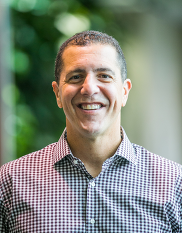 In early 1943, Dr. George Papanicolaou and Dr. Herbert Traut published a short paper that described a method for doing something nobody else had done before: detecting cancer in otherwise healthy people. Their method "was of distinct value," they wrote, because it "reveals early cancer … at a time when cure is easy and may be said to be certain." This paper laid the foundation for the adoption of the first cancer screening test: the Pap test. To say it's been a success is an understatement. According to several different estimates, in large part because of routine Pap testing, the death rate from cervical cancer in the United States has decreased by more than 50% since the mid-1970s. Today, tests are used to screen for several major cancers, including breast, lung, colorectal, and prostate cancer. But the potential and promise of cancer screening is so great that research to improve and expand it is more robust and exciting than ever. As we've highlighted in several recent stories, that research includes the development of sophisticated tests to identify a host of cancers in a single blood draw and studies testing whether old-fashioned letters and phone calls can help more people complete the follow-up testing that is a critical part of the cancer screening process. Below are some other recent Cancer Currents stories that describe intriguing examples of research that may lead to further progress in cancer screening. We encourage you to share these stories with friends, colleagues, and anybody else who might have an interest in learning more about this exciting work. Thanks for subscribing. Carmen Phillips Managing Editor, Cancer Currents |
No comments:
Post a Comment